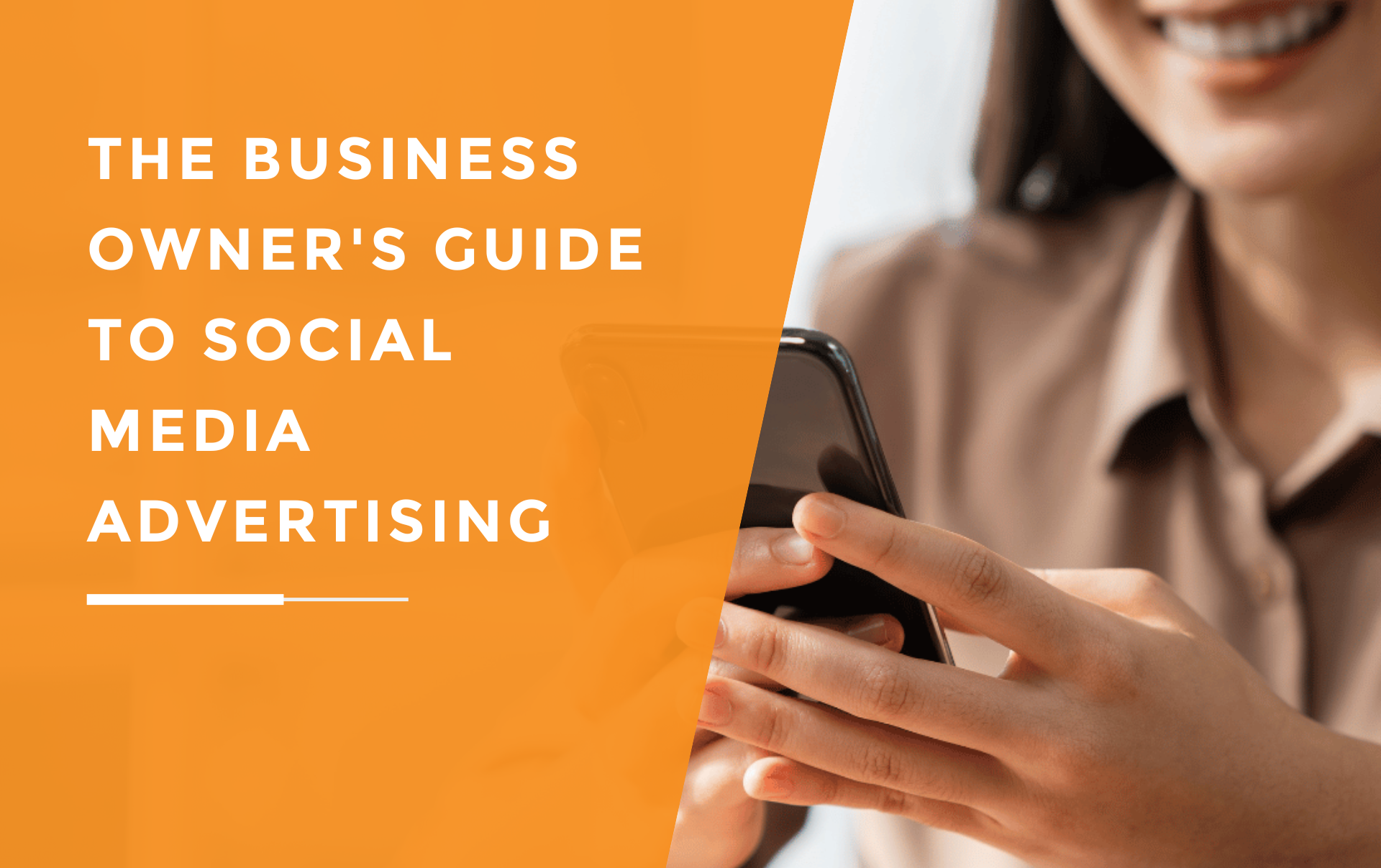Social Media Sharing Behaviour - Important Stats You Need To Know
by Leanne Mordue on 15-Sep-2018 09:19:00

Social media has now become a part of our daily lives. In fact, many businesses are now recognising it as more than just a social platform, but also as a way to connect to customers and to increase brand awareness.
With the focus being on friend or follower counts, or how many times your content is liked and shared, many users are unaware that it isn’t the quality of your content alone which determines how many times it’s shared.
The majority of social media sharing behaviour is actually determined by algorithms which are created through machine learning. Like SEO, these algorithms determine which posts are more popular, looking at the number of users who have engaged with the post. These algorithms then increase the exposure these posts receive to increase overall engagement.
It may explain why your posts aren’t receiving the engagement you expected. Understanding how these algorithms work for each social media platform is key to ensuring your content is shared more often.
As of July 2018, Facebook surpassed 2.2 billion active users (https://www.statista.com/statistics/272014/global-social-networks-ranked-by-number-of-users/), taking the title of the most popular social media site. Whilst also being the most popular social media platform amongst users over 65, Facebook has the highest numbers of social media sharing with 90% of all shares across all social media platforms, occurring on Facebook (https://slide.ly/promo/blog/the-science-of-sharing/).
Facebook’s algorithm works by calculating the sharing behaviour of three key parameters:
1. Likelihood the user is to click
2. Likelihood the user is to spend time with the post
3. Likelihood the user is to like, comment or share
These three parameters will rank each post with a score depending on their likeliness of being engaged with. Posts with the highest scores will ultimately receive more exposure.
Unsurprisingly, Instagram also has a Facebook-style algorithm in place which again looks at customer behaviour to determine the likeliness of engagement. Whilst Facebook was the first of its kind to implement algorithms to social media content, Instagram has taken that one step further to develop an algorithm consisting of four key parameters:
1. Users whose content you like
2. Users you direct message
3. Users you search for
4. Users you know in real life
Though there may be some scepticism about the implementation of the fourth parameter, Instagram follows the same concept of showing users more of the content they engage with, as well as increasing the exposure of content which receives large numbers of engagement, on the Instagram search page.
Whilst Twitter also uses an algorithm for sharing behaviour, the key difference is that Twitter’s algorithm aims to show the user content they are more likely to engage with, as well as the rest of their social media feed. In comparison, both Facebook and Instagram do not show their entire feeds to users, instead omitting content, which the algorithms determine the user will not engage with.
In contrast, Twitter simply highlights the most engaging tweets at the top of your Twitter feed.
Increase Your Number of Shares
With all this in mind, it’s clear that content with more engagement is more likely to be seen. Ensure your followers engage with your content by responding to comments, always using the commenter’s @handle. Liking, commenting and sharing your follower’s engagement on your own content, i.e. by liking the comment of someone who has retweeted your tweet, increases your content’s engagement so it’s more likely to appear in your follower’s feeds as well as their follower’s feeds.
- Inbound Marketing (SEO, PPC, Social Media, Video) (824)
- Strategy (363)
- Sales & CRM (195)
- Marketing Automation & Email Marketing (190)
- Business Growth (164)
- Website Design (160)
- Hubspot (138)
- Lead Generation (115)
- Google Adwords (98)
- Content Marketing (94)
- Conversion (48)
- Case Studies (47)
- News (47)
- Ecommerce (39)
- Webinars (34)
- SEO (24)
- AI (20)
- Events (19)
- Video (17)
- LinkedIn Advertising (15)
- Video Selling (15)
- Software training (13)
- Niche business marketing (11)
- The Digital Prosperity Podcast (10)
- Facebook Advertising (6)
- HubSpot Case Studies (5)
- December 2025 (10)
- November 2025 (6)
- October 2025 (17)
- September 2025 (16)
- August 2025 (14)
- July 2025 (14)
- June 2025 (5)
- May 2025 (19)
- April 2025 (15)
- March 2025 (13)
- February 2025 (13)
- January 2025 (8)
- December 2024 (2)
- November 2024 (4)
- October 2024 (21)
- September 2024 (4)
- August 2024 (8)
- July 2024 (14)
- June 2024 (16)
- May 2024 (25)
- April 2024 (15)
- March 2024 (18)
- February 2024 (5)
- January 2024 (10)
- December 2023 (6)
- November 2023 (10)
- October 2023 (13)
- September 2023 (12)
- August 2023 (14)
- July 2023 (13)
- June 2023 (14)
- May 2023 (15)
- April 2023 (13)
- March 2023 (14)
- February 2023 (13)
- January 2023 (15)
- December 2022 (13)
- November 2022 (6)
- October 2022 (8)
- September 2022 (22)
- August 2022 (15)
- July 2022 (13)
- June 2022 (16)
- May 2022 (14)
- April 2022 (16)
- March 2022 (17)
- February 2022 (11)
- January 2022 (8)
- December 2021 (6)
- November 2021 (7)
- October 2021 (11)
- September 2021 (10)
- August 2021 (7)
- July 2021 (7)
- June 2021 (4)
- May 2021 (4)
- April 2021 (1)
- March 2021 (3)
- February 2021 (5)
- January 2021 (4)
- December 2020 (7)
- November 2020 (6)
- October 2020 (5)
- September 2020 (9)
- August 2020 (18)
- July 2020 (17)
- June 2020 (17)
- May 2020 (10)
- April 2020 (21)
- March 2020 (24)
- February 2020 (21)
- January 2020 (12)
- December 2019 (23)
- November 2019 (12)
- October 2019 (14)
- September 2019 (16)
- August 2019 (15)
- July 2019 (13)
- June 2019 (6)
- May 2019 (8)
- April 2019 (4)
- March 2019 (2)
- February 2019 (2)
- January 2019 (2)
- December 2018 (3)
- November 2018 (24)
- September 2018 (11)
- August 2018 (9)
- June 2018 (3)
- May 2018 (6)
- April 2018 (14)
- March 2018 (12)
- February 2018 (16)
- January 2018 (15)
- December 2017 (15)
- November 2017 (18)
- October 2017 (23)
- September 2017 (19)
- August 2017 (28)
- July 2017 (27)
- June 2017 (25)
- May 2017 (18)
- April 2017 (17)
- March 2017 (16)
- February 2017 (17)
- January 2017 (14)
- December 2016 (21)
- November 2016 (27)
- October 2016 (25)
- September 2016 (16)
- August 2016 (20)
- July 2016 (19)
- June 2016 (14)
- May 2016 (20)
- April 2016 (24)
- March 2016 (22)
- February 2016 (28)
- January 2016 (27)
- December 2015 (28)
- November 2015 (19)
- October 2015 (9)
- September 2015 (12)
- August 2015 (5)
- July 2015 (1)
- June 2015 (10)
- May 2015 (3)
- April 2015 (11)
- March 2015 (14)
- February 2015 (15)
- January 2015 (12)
- December 2014 (2)
- November 2014 (23)
- October 2014 (2)
- September 2014 (2)
- August 2014 (2)
- July 2014 (2)
- June 2014 (7)
- May 2014 (14)
- April 2014 (14)
- March 2014 (7)
- February 2014 (2)
- January 2014 (7)
- December 2013 (9)
- November 2013 (14)
- October 2013 (17)
- September 2013 (3)
- August 2013 (6)
- July 2013 (8)
- June 2013 (4)
- May 2013 (3)
- April 2013 (6)
- March 2013 (6)
- February 2013 (7)
- January 2013 (5)
- December 2012 (3)
- November 2012 (2)
- September 2012 (1)
Subscribe by email
You May Also Like
These Related Blogs

Why Social Selling Is Replacing Traditional Sales Methods
Can Social Selling Eliminate The Need For Cold Calling? Traditional sales people are used to making up to 100 sales calls a day in the hope of connect …

3 Social Media Marketing Trends To Implement For 2018
2018 is now in full swing, meaning there is not a better time for your business to start implementing all of the latest social media marketing trends. …

The Business Owner's Guide To Social Media Advertising
In the digital age, social media advertising has become an incredibly powerful tool for businesses. It offers a unique way to connect with customers. …



